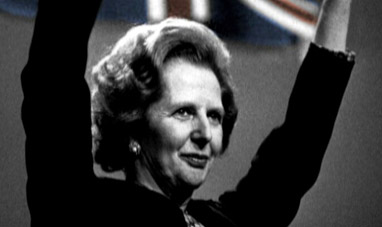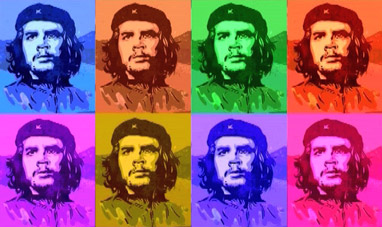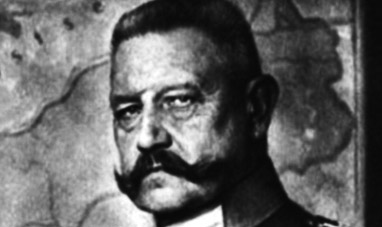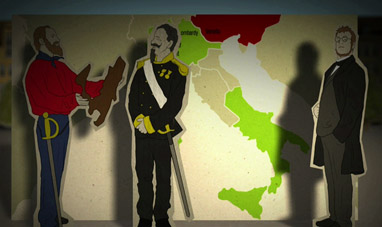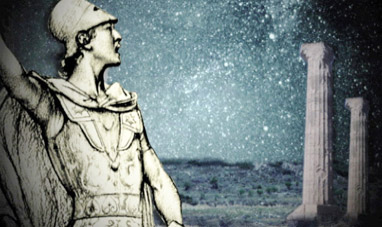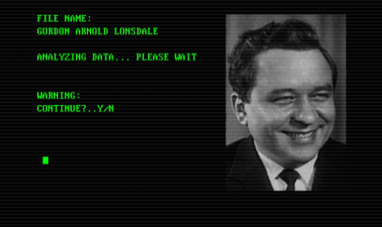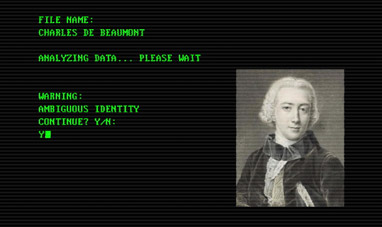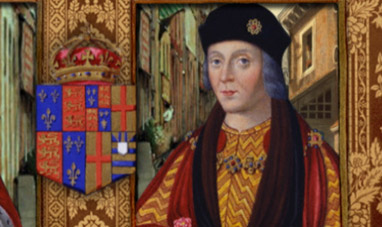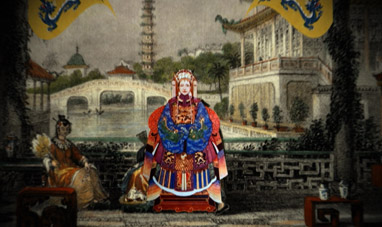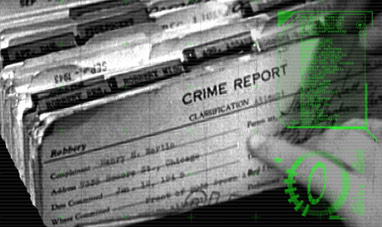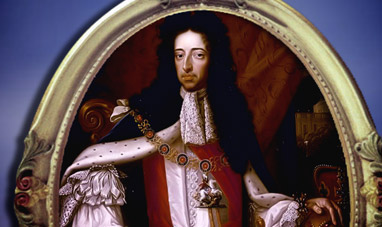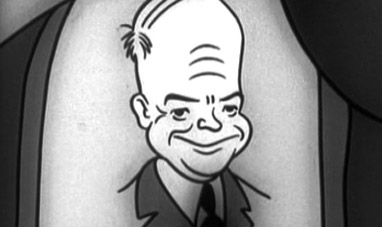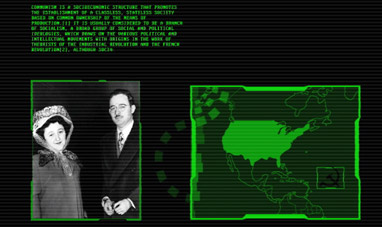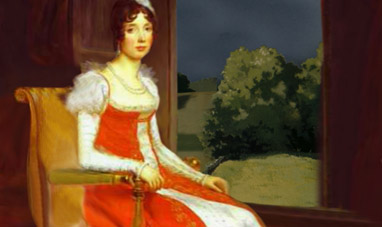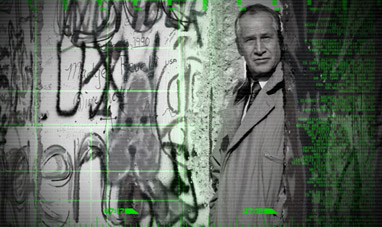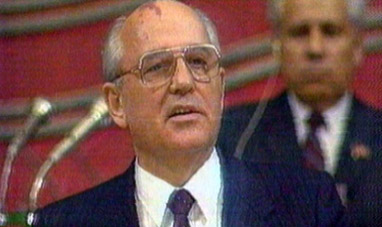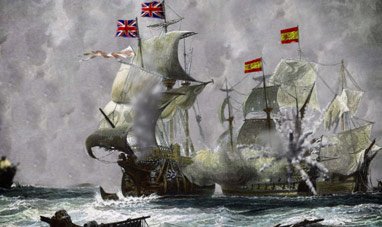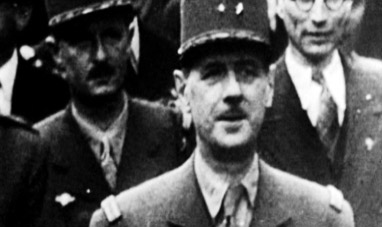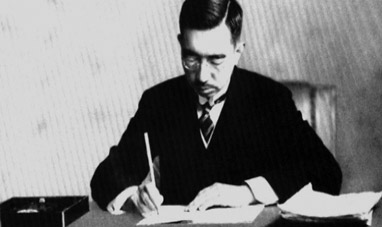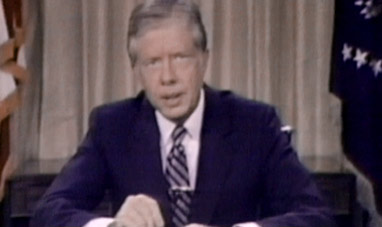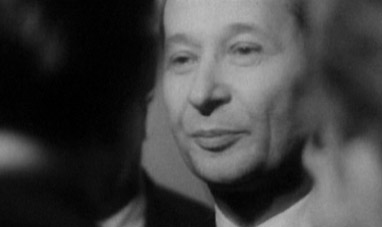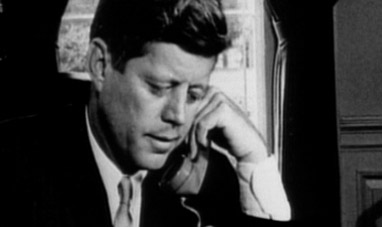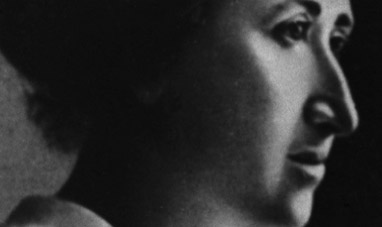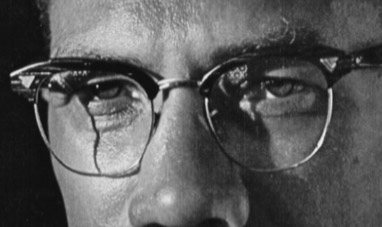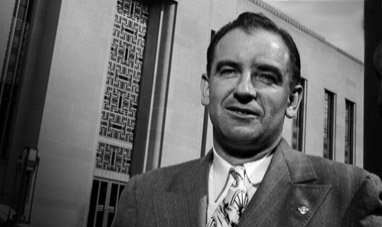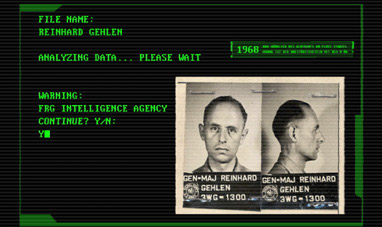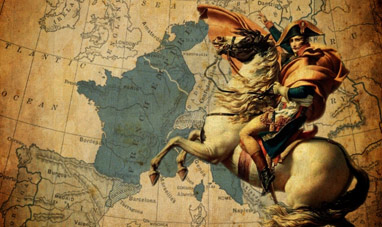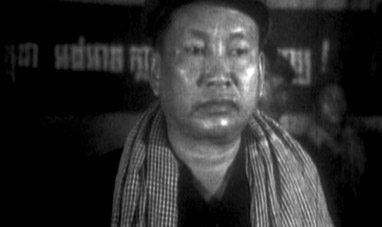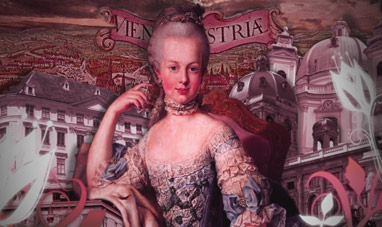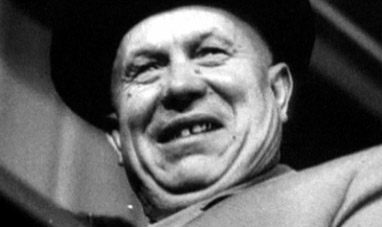Francisco Pizarro was a Spanish adventurer who conquered the Inca Empire in the 16th Century. He was born in Trujillo, Spain, around 1475. The exact date of his birth was not registered, because Pizarro was an illegitimate child. His father was an infantry colonel who recognized the boy as his child, but did not accept Francisco into his family. Pizarro grew up poor and uneducated.
The discovery of America in 1492 was a turning point for the young man. He decided to sail to the New World and look for his fortune there. At the beginning of the 16th Century he took part in various expeditions in the Americas as a soldier, ultimately settling down in Panama. There, in 1522, he first heard rumors about Birú, a rich and mysterious empire in South America.
The news reignited Pizarro’s ambitions. Together with clergyman Fernando de Luque and soldier of fortune Diego de Almagro, Pizarro planned to explore South America. The first exploratory expedition, conducted between 1524 and 1525, proved fruitless. But during the second expedition, conducted between 1526 and 1527, Pizarro reached Tumbes, today in Peru. Tumbes was a coastal center for the Incas, a population that had dominated a vast territory stretching between Colombia and Chile since the 13th Century AD. Their powerful empire was undergoing a crisis brought on by a dynastic war for the title of emperor, which ended with the victory of Atahualpa over his brother Huáscar.
By this time Pizarro had proof of the existence of the rich empire he was looking for. In 1528 he returned to Spain to obtain the authorization and funds necessary to conquer the new territories from King Charles V. Once he had the King’s support, Pizzaro returned to Panama where, together with his partner Almagro, he fitted out a fleet of 3 ships and recruited around 200 men. In 1531 he sailed for Peru. On November 15, 1532 Pizarro faced Atahualpa, who sent 40,000 warriors into battle. Despite the Incas’ overwhelming numeric superiority, the Spaniards won thanks to their firearms and horses – things the natives had never seen before. Atahualpa was captured and Pizarro obtained a ransom in gold to free him. Although the ransom was paid, the Spanish conqueror had the Inca emperor killed. In November 1533 Pizarro conquered Cuzco, capital of the Inca Empire. In 1535 he founded Ciudad de los Reyes, later renamed Lima, the future capital of Peru. A dispute over the division of the conquered territories led Pizarro, now a governor, and his partner Almagro to wage war on one another. In 1538 Pizarro defeated and killed his old companion, but on July 26, 1541 some of Almagro’s followers slipped into Pizzaro’s palace and murdered him. This was the end of the conqueror of the Incas.
The discovery of America in 1492 was a turning point for the young man. He decided to sail to the New World and look for his fortune there. At the beginning of the 16th Century he took part in various expeditions in the Americas as a soldier, ultimately settling down in Panama. There, in 1522, he first heard rumors about Birú, a rich and mysterious empire in South America.
The news reignited Pizarro’s ambitions. Together with clergyman Fernando de Luque and soldier of fortune Diego de Almagro, Pizarro planned to explore South America. The first exploratory expedition, conducted between 1524 and 1525, proved fruitless. But during the second expedition, conducted between 1526 and 1527, Pizarro reached Tumbes, today in Peru. Tumbes was a coastal center for the Incas, a population that had dominated a vast territory stretching between Colombia and Chile since the 13th Century AD. Their powerful empire was undergoing a crisis brought on by a dynastic war for the title of emperor, which ended with the victory of Atahualpa over his brother Huáscar.
By this time Pizarro had proof of the existence of the rich empire he was looking for. In 1528 he returned to Spain to obtain the authorization and funds necessary to conquer the new territories from King Charles V. Once he had the King’s support, Pizzaro returned to Panama where, together with his partner Almagro, he fitted out a fleet of 3 ships and recruited around 200 men. In 1531 he sailed for Peru. On November 15, 1532 Pizarro faced Atahualpa, who sent 40,000 warriors into battle. Despite the Incas’ overwhelming numeric superiority, the Spaniards won thanks to their firearms and horses – things the natives had never seen before. Atahualpa was captured and Pizarro obtained a ransom in gold to free him. Although the ransom was paid, the Spanish conqueror had the Inca emperor killed. In November 1533 Pizarro conquered Cuzco, capital of the Inca Empire. In 1535 he founded Ciudad de los Reyes, later renamed Lima, the future capital of Peru. A dispute over the division of the conquered territories led Pizarro, now a governor, and his partner Almagro to wage war on one another. In 1538 Pizarro defeated and killed his old companion, but on July 26, 1541 some of Almagro’s followers slipped into Pizzaro’s palace and murdered him. This was the end of the conqueror of the Incas.

